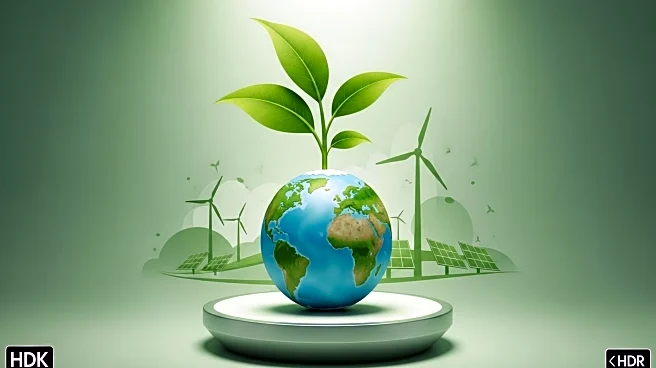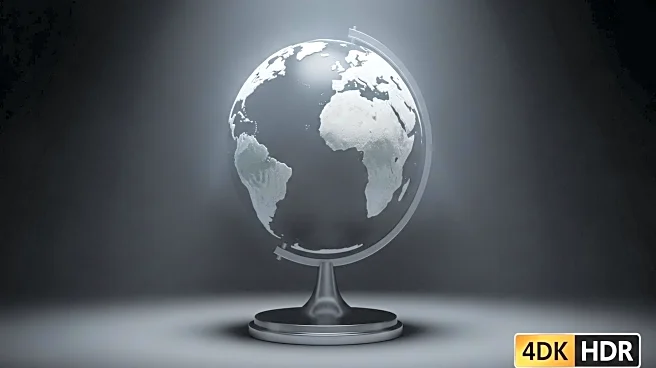What's Happening?
A recent study published in Scientific Reports has examined the future urban heat exposure and adaptive measures for 1,563 large cities worldwide. The research highlights that urban form and economic capacity will play crucial roles in determining which cities can adapt to rising temperatures due to climate change. The study uses mean annual temperature (MAT) as an indicator of urban heat stress, projecting that cities with MATs above 29°C will face significant challenges. The study also identifies 27°C as a sensitivity threshold, indicating that even modest shifts in MAT can increase vulnerability. The research underscores the need for spatially targeted adaptation strategies, particularly for high-risk, low-income cities, which may struggle to implement effective measures due to financial constraints.
Why It's Important?
The findings of this study are significant as they provide a roadmap for safeguarding urban habitability in a warming world. Cities with higher MATs will face increased cooling demands, health risks, and reduced labor productivity, impacting urban systems and economies. The study highlights the disparity between high-risk, low-income cities and low-risk, high-income cities, emphasizing the need for equity-focused policies and international cooperation. Wealthier cities may have the resources to adapt more readily, while poorer cities may face greater barriers. This research is crucial for policymakers and urban planners as they develop strategies to mitigate the impacts of climate change on urban areas.
What's Next?
The study suggests that adaptation strategies should focus on increasing pervious-surface fraction, expanding vegetation cover, enhancing water bodies, and using reflective building materials. However, the feasibility of these measures depends heavily on local economic capacity. The study calls for targeted, equity-focused policies and capacity building to enable financially constrained cities to implement effective adaptation measures. As cities continue to grow and urbanize, the need for sustainable urban planning and climate adaptation will become increasingly important.
Beyond the Headlines
The study provides a comprehensive assessment of future urban temperature risks under different scenarios, highlighting the importance of urban morphology in mitigating heat exposure. The research also points out the limitations of using GDP as a proxy for economic capacity, suggesting that governance and institutional strength are also important factors. The study's framework helps tailor policy by sorting cities into recurring risk profiles, aiding in the development of targeted adaptation strategies.










